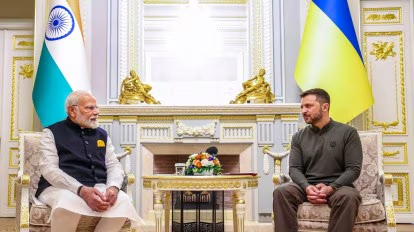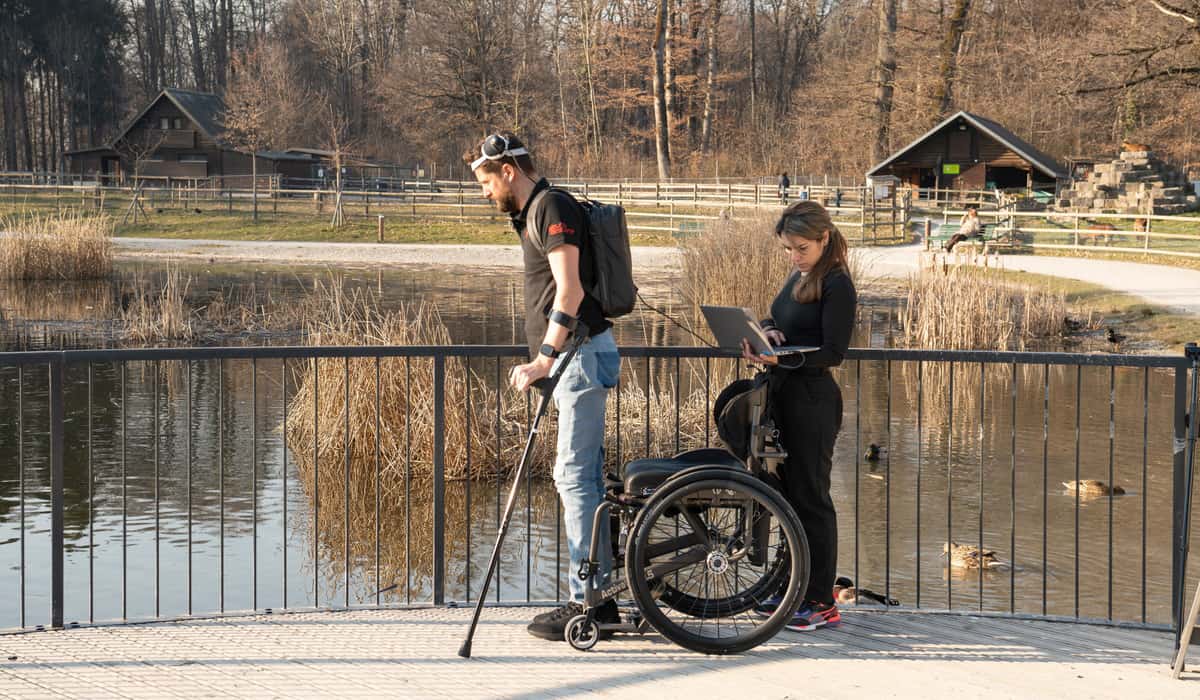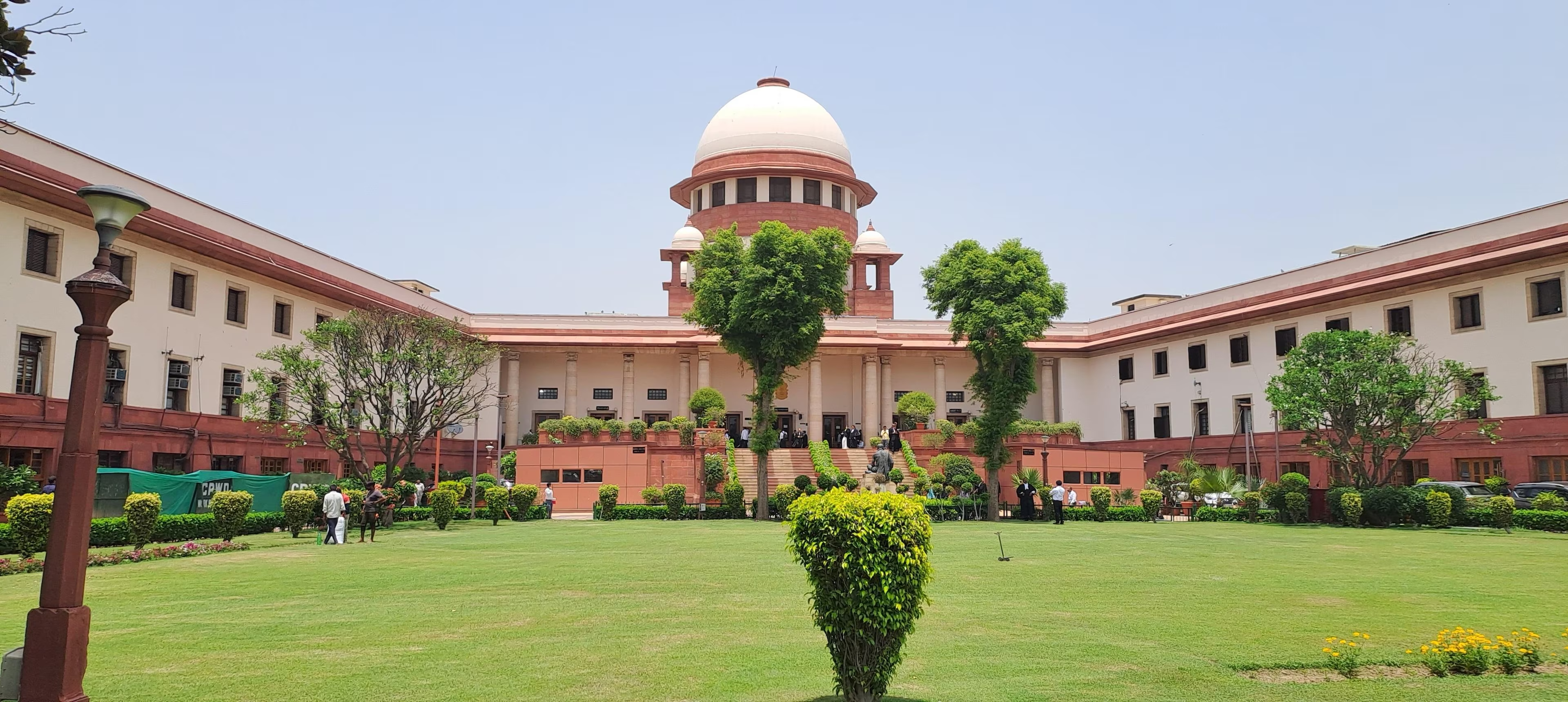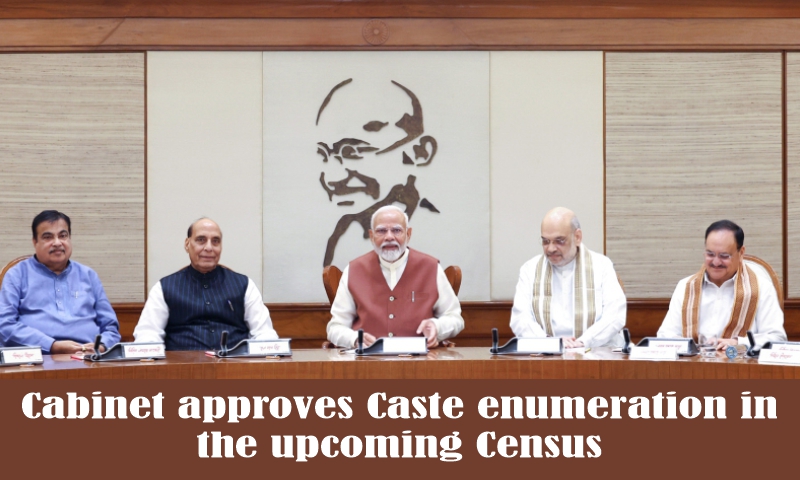- Courses
- GS Full Course 1 Year
- GS Full Course 2 Year
- GS Full Course 3 Year
- GS Full Course Till Selection
- CSAT
- 5 LAYERED ARJUNA Mentorship
- Public Administration Optional
- Online Program
- GS Recorded Course
- NCERT (Recorded 500+ Hours)
- Polity Recorded Course
- Geography Recorded Course
- Economy Recorded Course
- AMAC Recorded Course
- Modern India, Post Independence & World History
- Environment Recoded Course
- Governance Recoded Course
- Science & Tech. Recoded Course
- International Relations and Internal Security Recorded Course
- Disaster Management Module Course
- Ethics Recoded Course
- Essay Recoded Course
- Current Affairs Recoded Course
- ABOUT US
- OUR TOPPERS
- TEST SERIES
- FREE STUDY MATERIAL
- VIDEOS
- CONTACT US
India's PM Visit to Ukraine
India's PM Visit to Ukraine
27-08-2024

- India's PM Visit to Ukraine: India’s Prime Minister visited Ukraine at the invitation of President Volodymyr Zelenskyy. This marked the first visit by an Indian head of state to Ukraine since its independence in 1991.
- Focus Areas: The visit centered on defense cooperation, given India’s extensive inventory of Ukrainian-origin military equipment.
Key Takeaways from India’s PM Visit to Ukraine
- India’s Stance on Russia-Ukraine Conflict:
- Clarification: India’s PM reiterated India’s commitment to peace and clarified that India has never been neutral but advocates for a peaceful resolution.
- Engagement: India seeks active engagement among all stakeholders to address the conflict.
- Intergovernmental Commission:
- Formation: An Intergovernmental Commission was established to restore and enhance bilateral trade and economic relations to pre-conflict levels.
- Trade Levels: Bilateral trade reached USD 3.386 billion in 2021-22.
- Agreements Signed:
- Four Agreements: Covers agriculture, food industry, medical product regulation, and cultural cooperation.
- Objectives: Enhance cooperation in agriculture and food, regulate medical products, offer humanitarian aid, and strengthen cultural ties.
- Humanitarian Aid:
- BHISHMA Cubes: India gifted four Bharat Health Initiative for Sahyog Hita & Maitri (BHISHMA) cubes to provide emergency medical care through mobile hospitals, part of Project Aarogya Maitri.
- Solidarity: PM visited a multimedia exposition on children at the National Museum of History of Ukraine and honored the memory of young lives lost.
- Invitation to President Zelenskyy:
- Gesture: PM extended an invitation to President Zelenskyy to visit India, marking a significant diplomatic gesture.
Dynamics of India-Ukraine Relations
- Historic Visit: Narendra Modi's visit is the first by an Indian Prime Minister since diplomatic relations were established in 1992. India was an early recognizer of Ukraine post-Soviet Union collapse in 1991.
- Policy Shift: Reflects a broader strategy to enhance relations with central and eastern Europe, moving beyond traditional ties with major European powers (Russia, Germany, France, Britain).
- Strategic Interests: Ukraine’s expertise in defense technology and agricultural strength offers new collaboration opportunities.
- Economic Value: Pre-war Ukraine was a major source of sunflower oil for India.
Importance for India’s Defence Sector
- Soviet Era Equipment:
- Air Force: India relies on Ukrainian-supplied An-32 aircraft and upgrades.
- Navy: Ukrainian components are critical for Admiral Grigorovich-class frigates and other warships.
- Defence Trade:
- Procurements: India has procured R-27 missiles and signed agreements for weapons and upgrades.
- Collaborations: Ukraine and India are exploring joint manufacturing of gas turbines and other defense technologies.
Irritants in India-Ukraine Relations
- Russia-Ukraine War:
- Neutral Stance: India’s neutral stance and refusal to condemn Russia or join Western sanctions.
- Supply Chain Disruptions: Impact on defense equipment supplies and delays in S-400 system deliveries.
- Kashmir Issue:
- Dispute: Ukraine’s comments on Jammu and Kashmir, especially post-Article 370 revocation, have strained relations.
- Diplomatic Misalignments:
- Contrasting Priorities: Differences in foreign policy alignments, with India’s strategic ties to Russia versus Ukraine's stance against Russian actions.
Way Forward
- Balanced Approach: India should continue balancing its strategic relationship with Russia while showing concern for Ukraine’s sovereignty.
- Strategic Autonomy: Maintain strategic autonomy and non-alignment to avoid entanglement in geopolitical conflicts.
- Humanitarian Assistance: Enhance relations through medical aid, reconstruction support, and technical expertise.
- Mediation: India could offer to mediate between Russia and Ukraine, leveraging its cordial relations with both.
- Global South Solidarity: Engage with Global South nations to build coalitions for peace and development in conflict regions.
Conclusion
India’s first Prime Ministerial visit to Ukraine underscores a pivotal shift in its foreign policy, emphasizing a nuanced approach to the Russia-Ukraine conflict while seeking to fortify bilateral ties with Ukraine. This visit reflects India’s strategic recalibration, balancing its longstanding relationship with Russia against its emerging interests in Eastern Europe. By fostering humanitarian aid, deepening economic and defense cooperation, and extending diplomatic gestures, India aims to enhance its global standing and promote peace, demonstrating its commitment to a multipolar world order and strategic autonomy.




